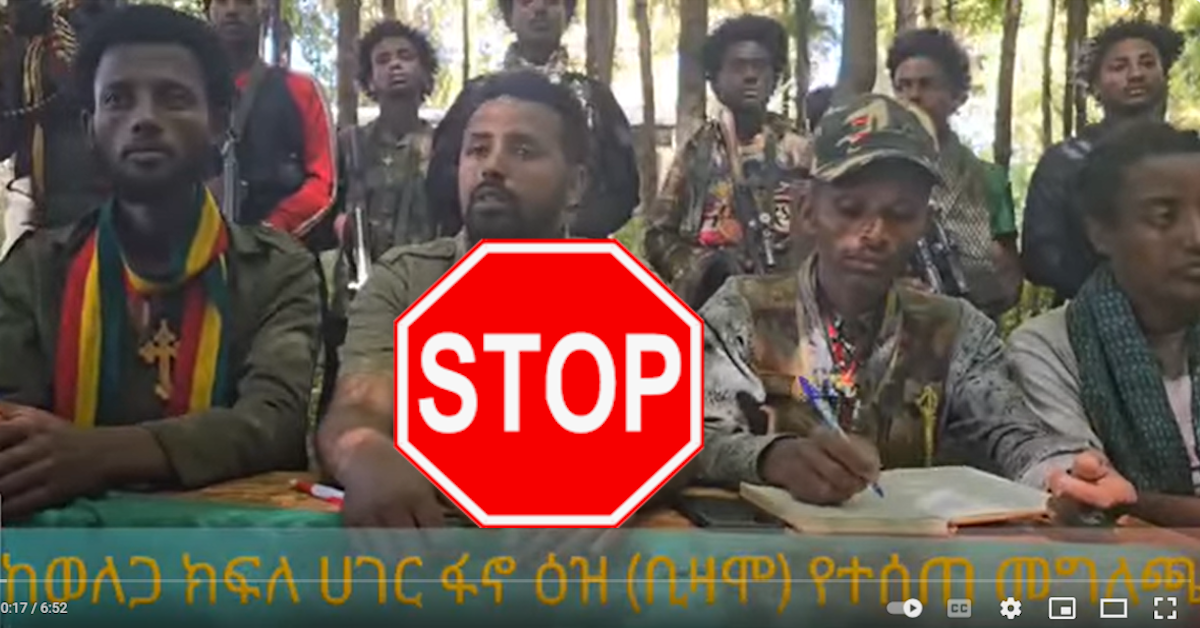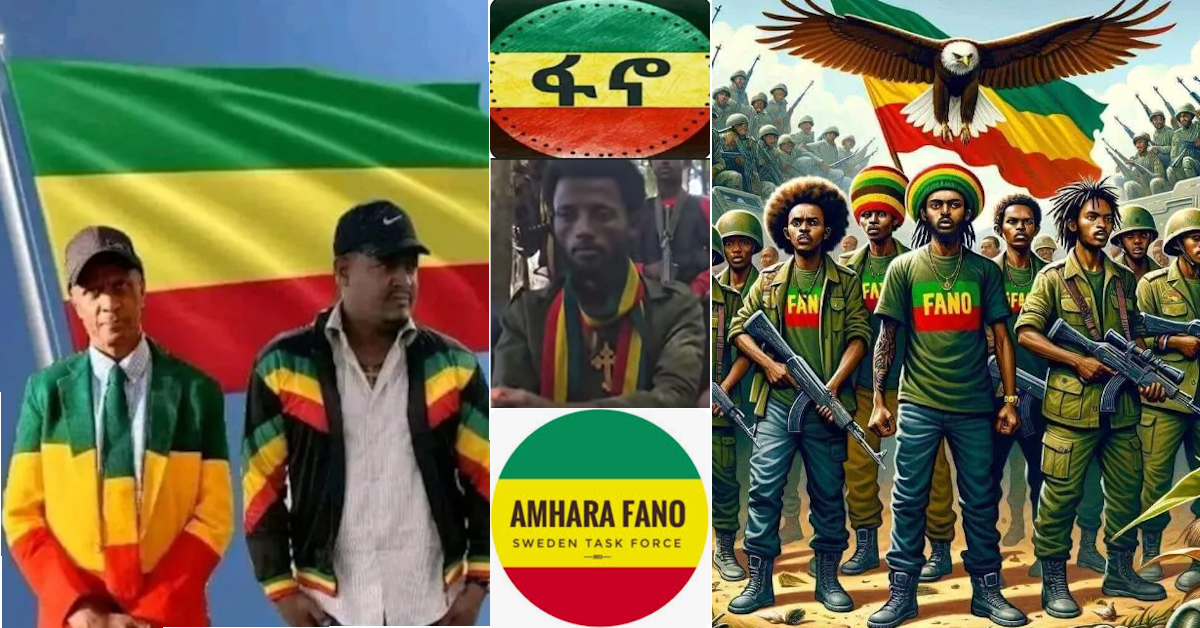In our Information Age, the Internet stands as a beacon of transparency, recording every event and unveiling hidden truths. This virtual realm, with its unfaltering memory, has emerged as a liberator, empowering the voiceless and exposing the machinations of oppression.
This message reaches you for a significant reason. Years ago, accessing such messages within seconds would have been unimaginable. Now, every person carries a smartphone, which doubles as a video recorder. It means that everyone is not only the consumer of instant information but also a broadcaster, and evidence continues to accumulate rapidly, with undeniable facts steadily mounting.
Nowhere is this more evident than in the case of Oromia, a region embroiled in a struggle for justice amidst its own success and the relentless grip of exploitation. Gone are the days when clandestine plans could thrive in the shadows. Today, the proliferation of smartphones and digital connectivity ensures that evidence is amassed and disseminated within seconds. The once-muted voices of Oromia now resonate across cyberspace, bearing witness to the challenges faced by the region.
At the heart of Oromia’s plight lies a paradox: its success as a breadbasket and economic hub has made it a coveted prize for external interests. That is, Oromia’s #1 hazard unfortunately happens to be its own success. Rather than allowing Oromia to flourish autonomously, some seek to subjugate and assimilate it, perpetuating a cycle of exploitation and oppression. This nefarious agenda is fueled by wealthy non-Oromo individuals who, despite reaping the benefits of Oromia’s resources, collude with extremist and expansionist factions to maintain control over the land.
The desire to control Oromia is widespread, but they all boil down to exploiting and assimilating it to maintain their economic dominance over the region. There is ample evidence to suggest that non-Oromos, particularly wealthy businesspeople, are funding extremist groups seeking to expand their influence in Oromia. While specific names are not mentioned at this point, those involved are aware of their actions. This exploitation occurs openly, and the day will come when those responsible will be held accountable for colluding in these crimes. Although they have amassed wealth from Oromia, their support for expansionist agendas contradicts the desires of the Oromo people, who seek a different future for their homeland. From the colluders’ viewpoint, they are aiding the expansionist enemy to maintain Oromia solely as their business “vending stall” ideally without the Oromo and Oromia identity.
We did say Oromia’s #1 enemy is its own success. By extension, that also goes for the Oromo people. Being very peaceful and accommodating as their cultural traits has always been taken advantage of. It is a well-known fact that being egalitarian, right from the family unit to the community and society, has exposed the Oromo people to subjugation. For years and decades, the Oromo people have been monumentally short-changed; they take much less than they give, if you will. This will not continue and should not continue.
The truth of the matter is that in others’ views, this is regarded as very uncomplimentary, perhaps so in this modern cruel world of ours. There is no doubt that the Oromo people are good people, but the onus is not on them to prove this point.
We hear the extremists discussing how to assimilate people in Oromia, how to set up fake businesses, and employ only their ethnic groups to engineer the demography. That is over and above the genocide going on, of which we are getting desensitized to. The Tuulamaa Oromo uprooted in the name of investment are well documented, and the tip of the iceberg, so to speak. The rural populations now subjected to untold abject poverty are all the makings of the coordinated machinations connected directly or indirectly. The days will come when reparations need to be made out of the ill-gotten loots of Oromia.
The tactics employed by these forces are as insidious as they are varied and not limited to demographic engineering or economic marginalization, and the plight of the Oromo people is manifold. Yet, amidst the adversity, there remains a steadfast resolve to reclaim what is rightfully theirs. This is what is at the core of the Oromo Struggle for self-determination. With this resolve, the days of exploitation and marginalization are numbered, and calls for accountability and restitution grow louder with each passing day.
Central to the struggle for justice is the recognition of historical injustices perpetrated against the Oromo people. The slaughtered, uprooted, and dispossessed Oromos up and down the empire, from Walloo to Karrayuu, from Maccaa to Tuulamaa, from the runrise of Barentuu to the ancestral cradle of Booranaa, and all corners of Oromia are ringing bells. That, too, will be revisited with the days of reparations and restorative justice. Not forgetting parts of Oromia that were chopped and sliced to be plastered to other regions to suit Woyanee’s strategic dictatorial governance.
From massacres to forced displacement and successive maladministrations, the scars of oppression of the Oromo and Oromia run deep, stretching across the length and breadth of this vast land of the riches. The quest for restorative justice demands a reckoning with the past, ensuring that the wrongs of yesteryears are rectified in the present.
However, achieving justice in the digital age is not without its challenges. The same technology that exposes injustice also serves as a tool for its perpetuation. Extremist factions and their collaborators continue to operate with impunity, their crimes brazenly committed in plain sight. Yet, the tide is turning, and the momentum for change is unstoppable.
In the quest for accountability, healing, and reconciliation, the path forward is clear: restorative justice must prevail. Only by acknowledging the wrongs of the past and working towards reconciliation can Oromia truly achieve its potential as a beacon of peace and prosperity. As the world navigates the complexities of the digital age, the struggle for justice in Oromia serves as a clear reminder of the power of truth and transparency. In the face of adversity, the resilience of the Oromo people shines bright, illuminating a path towards a future defined by justice, equality, and dignity for all.
If accountability, healing, and reconciliation must work in this empire, restorative justice needs to turn wrongs into rights. Sadly and paradoxically, the extremist and expansionist and the rich collaborators are sinking deeper into their crimes in broad daylight. One thing is clear: no wrongs will stay that way until they are righted.
It’s also essential to highlight another significant factor that adversaries of the Oromo people and Oromia often attempt to obscure from global awareness. Undoubtedly, Oromia stands as the geopolitical powerhouse of the Horn of Africa and beyond. With a population of approximately 70 million and a rich culture deeply rooted in the traditional democracy of the Gadaa system, combined with its status as an economic hub within the Ethiopian empire, Oromia serves as a natural anchor for regional stability. This is a point that international policymakers should duly acknowledge.

